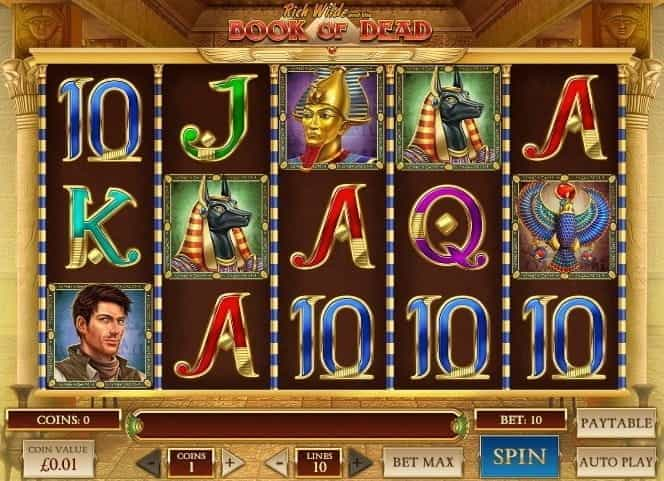

The Book of the Dead was not a “book” in the modern sense that it was bound together at the spine and it was not a single narrative composition.

The term “Book of the Dead” is a modern designation born in the nineteenth century and applied to religious texts from ancient Egypt. As you will see in this exhibit, the ancient Egyptians made extensive use of the Book of the Dead, so that they could continue to live and be one with the gods.

To do so, they gathered the spells into a compilation we now call the Book of the Dead. So powerful were these words that Egyptians wanted to take the spells with them to the grave. Magical spells of ritual power accompanied these rites. Each Egyptian needed to undergo the proper rituals of embalming and burial to ensure their continued existence in the next world. To alleviate this anxiety about our human mortality, a life-affirming religion developed in ancient Egypt that emphasized the possibility of immortality – an everlasting life in the hereafter among the gods. Like all of us, the people of ancient Egypt wondered what would happen to them after they died. They believed that language and writing were imbued with magical power and that reciting and recording such declarations would make the statements come true. With these words, the ancient Egyptians sought identity, communion, and fellowship with Osiris, the god of the dead.


 0 kommentar(er)
0 kommentar(er)
